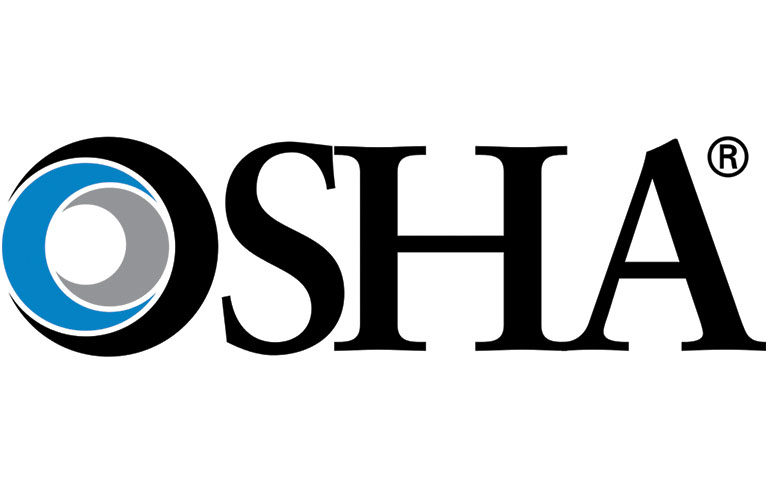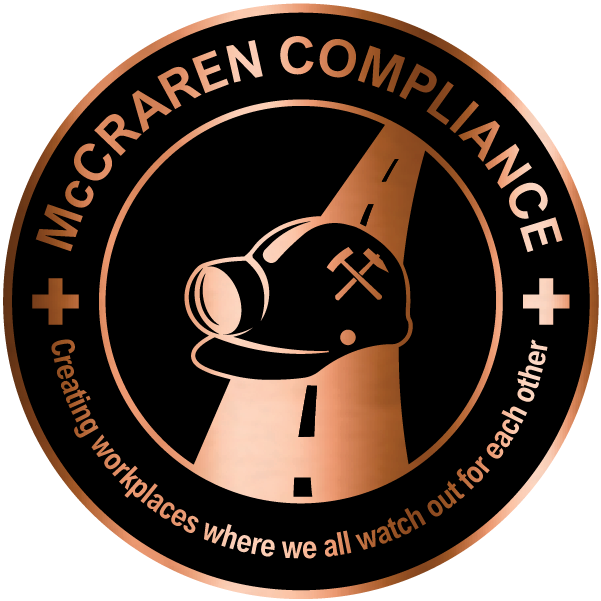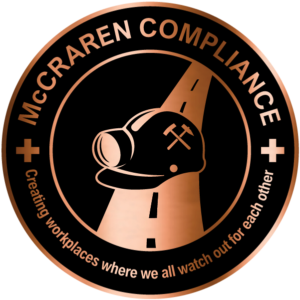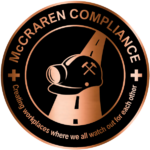
Washington — OSHA’s administrator no longer has to consult with the agency’s Advisory Committee on Construction Safety and Health to “promulgate, modify or revoke standards applicable to construction work.”
According to a final rule published July 1, this action will “remove unnecessary procedural requirements that are contrary to the (labor) secretary’s interest in moving forward quickly with deregulatory actions in accordance with Executive Order 14192, ‘Unleashing Prosperity Through Deregulation’ (90 FR 9065, Feb. 6, 2025) and which are not statutorily required.”
The final rule revokes 1911.10 and 1912.3 “because these regulations impose requirements on the assistant secretary that are more burdensome than those mandated by statute, and compliance with these regulations would needlessly delay the secretary of labor’s regulatory agenda.
“These changes will ensure that ACCSH is able to advise the secretary on potential regulatory actions without adversely affecting the agency’s regulatory timeline.”
OIRA reviews proposed rules
The agency also published 25 proposed rules on July 1. Two of those proposals were reviewed by the White House Office of Information and Regulatory Affairs from June 18 to June 26.
The first concerns enforcement of OSHA’s General Duty Clause and stems from a 2014 case in the U.S. Court of Appeals for the District of Columbia Circuit. In that case, OSHA cited SeaWorld after the 2010 drowning death of trainer Dawn Brancheau.
The appeals court upheld the citation with a 2-1 decision, with future Supreme Court Justice Brett Kavanaugh dissenting. Using “the issues raised in that dissent and subsequent developments in administrative and constitutional law,” OSHA is proposing codifying the principle that the General Duty Clause doesn’t authorize the agency to “prohibit, restrict, or penalize inherently risky activities that are intrinsic to professional, athletic, or entertainment occupations.”
The second proposed rule reviewed by OIRA would remove medical evaluation requirements for filtering facepiece respirators and loose-fitting powered air-purifying respirators.
“The agency preliminarily concludes that there is not sufficient evidence to conclude that wearing FFRs and loose-fitting PAPRs without a prior medical evaluation can result in unavoidable adverse outcomes, and that the assumption that medical evaluation effectively detects risk for adverse effects from the occupational use of FFRs and loose-fitting PAPRs is unproven,” the proposed rule states.
Some of the other proposed rules cover substance-specific respirator requirements for:
- 1,2-Dibromo-3-chloropropane
- 1,3-butadiene
- 13 carcinogens (4-nitrobiphenyl, etc.)
- Acrylonitrile
- Asbestos
- Benzene
- Cadmium
- Coke oven emissions
- Cotton dust
- Ethylene oxide
- Formaldehyde
- Inorganic arsenic
- Lead
- Methylene chloride
- Methylenedianiline
- Vinyl chloride
Among its other proposed rules, OSHA is seeking to end its recordkeeping and reporting requirements for COVID-19 exposure in health care.
The agency also wants to withdraw its proposal on adding a column to the OSHA 300 log on work-related musculoskeletal disorders and rescind its construction illumination requirements in 1926.26 and 1926.56.
McCraren Compliance offers many opportunities in safety training to help circumvent accidents. Please take a moment to visit our calendar of classes to see what we can do to help your safety measures from training to consulting.
Original article published by Safety+Health an NSC publication


